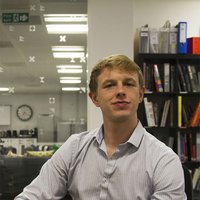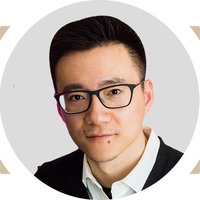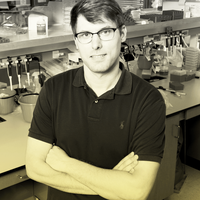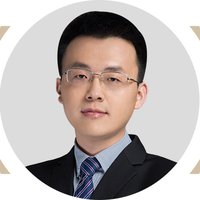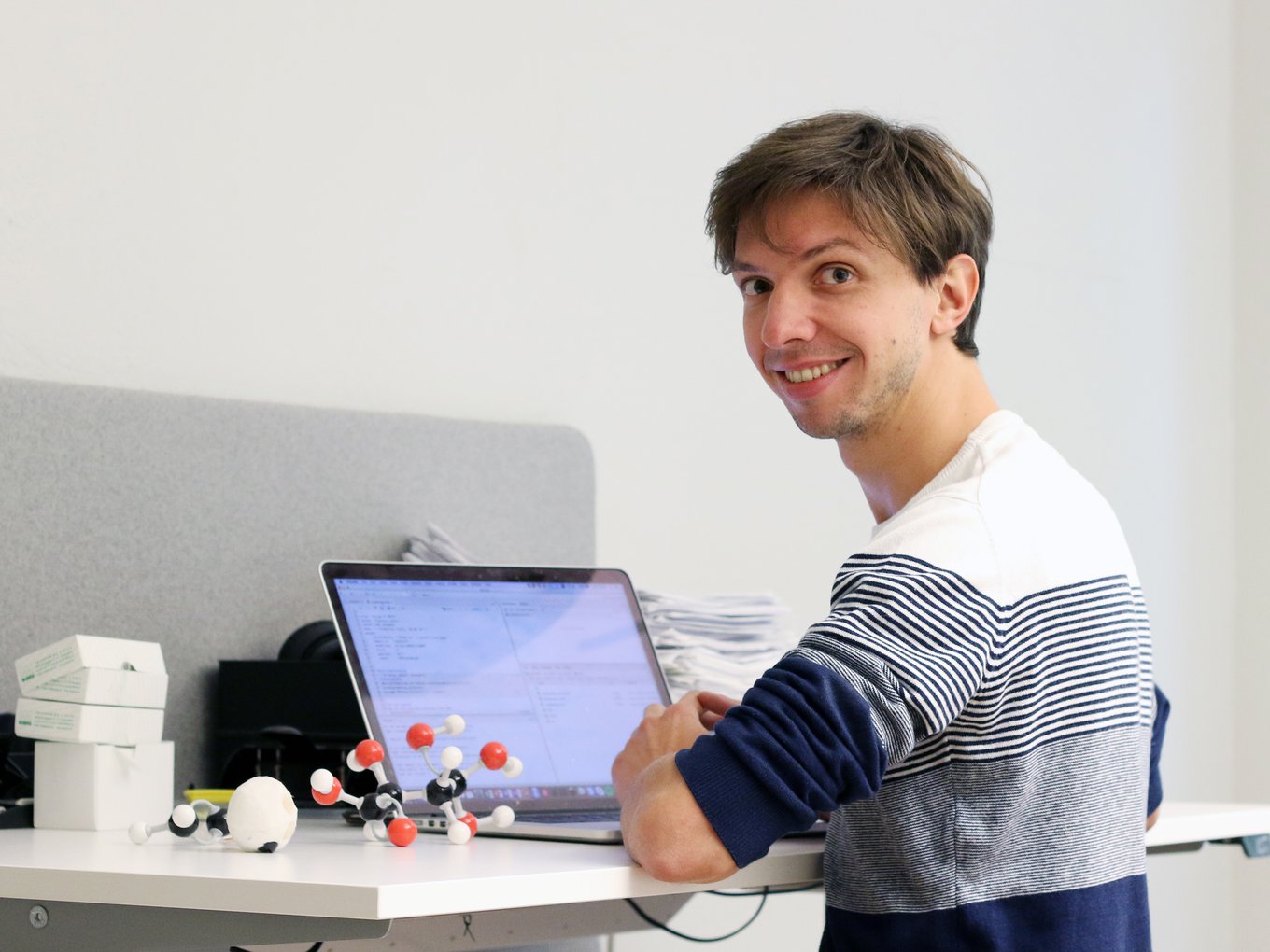In 2017, Francesco Gatto founded his company Elypta with a vision to prevent deaths caused by curable cancers. His aim is to detect tumours as early as possible and follow them from very early stages, when the treatments available may be more effective. Thanks to his work, Gatto has become one of the winners of Innovators Under 35 Europe 2018 from MIT Technology Review.
Currently, to diagnose cancers and make decisions about how to treat them, doctors use, above all, medical imaging techniques such as x-rays, ultrasounds and CAT scans. These tests are expensive, not immediate and can sometimes put patients at risk. Another option is a blood or urine analysis, which can warn of the presence of a malignant tumour, the sooner, the better. Unfortunately, such tests (known as liquid biopsies) work only with a few types of cancer (see TR10: Liquid biopsy against cancer).
This chemical engineer and bioinformatician’s objective is to develop liquid biopsies for several types of cancer in which a set of biomarkers (in this case, substances present in the blood as a result of metabolism processes) make it possible to detect it at an early stage. His analyses would also serve to monitor possible relapses and predict a patient’s response to treatment, even over long periods of time.
Unlike other liquid biopsies that analyse the genetic material that flows through the blood (for example, pieces of DNA from tumour cells), Elypta detects a panel of 19 metabolites called glycosaminoglycans (GAGs). The level of these substances in the blood has proved to be a very precise indicator for the detection of various types of cancer. Once the test with the blood or urine sample has been carried out, machine learning algorithms analyse the results and compare them with previous clinical data, in particular with the expected pattern of GAGs in each type of cancer (known as that cancer’s "signature"). The young man explains that the advantage of this approach is that the analysis is identical for all types of cancer, but the signatures, and therefore the GAG scores, are specific for each type.
To find out what these signatures are like, Gatto has applied supervised machine learning (an artificial intelligence technique) to data collected through controlled clinical studies on each type of cancer. Once the comparison has been made, the software generates a GAG score specific to a particular cancer. If it is above a certain threshold, it is indicative of that cancer.
Gatto has proven the diagnostic potential of GAGs in more than 10 types of cancer. One of his first tests will predict if the tumour may reappear after a kidney cancer operation, and will monitor the patient's response to treatment. Gatto’s team is already testing this technique in clinical trials in Sweden. They are also working with the largest urology hospital in Europe, in Milan (Italy), to trial their tests on the detection of prostate tumours, and with Gothenburg Hospital (Sweden) for lung cancer, one of the most common and deadly cancers. “There is a lot of evidence to suggest that early detection reduces mortality, which, at the end of the day, is the only thing that matters," says the young man.
In 2019 Elypta plans to begin two larger clinical trials in Europe and the US, each with 500 patients who have the most common type of kidney cancer. Gatto explains: “These are long and expensive processes, but if you're the only person able to collect such an amount of evidence, you’re the one who will get approval [to market the test]".
Paloma Cabello, independent senior investor and member of the jury of Innovators Under 35 Europe 2018, believes that this innovator stands out for his "technical brilliance, creativity, and focus on the transference and implementation capacity".
By Elena Zafra
Translation: Lisa Rushforth
